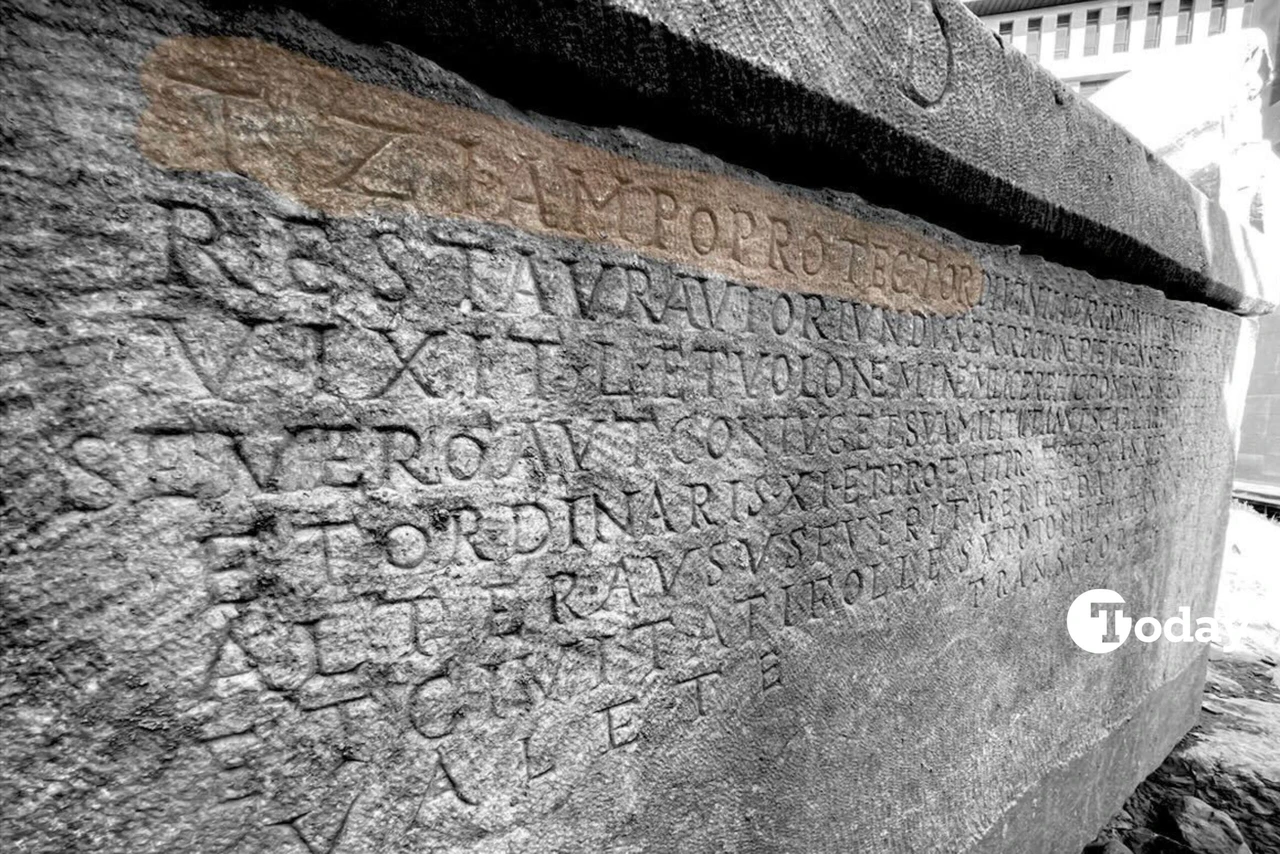Rising interest in 2,000-year-old giant Mount Nemrut statues in Türkiye
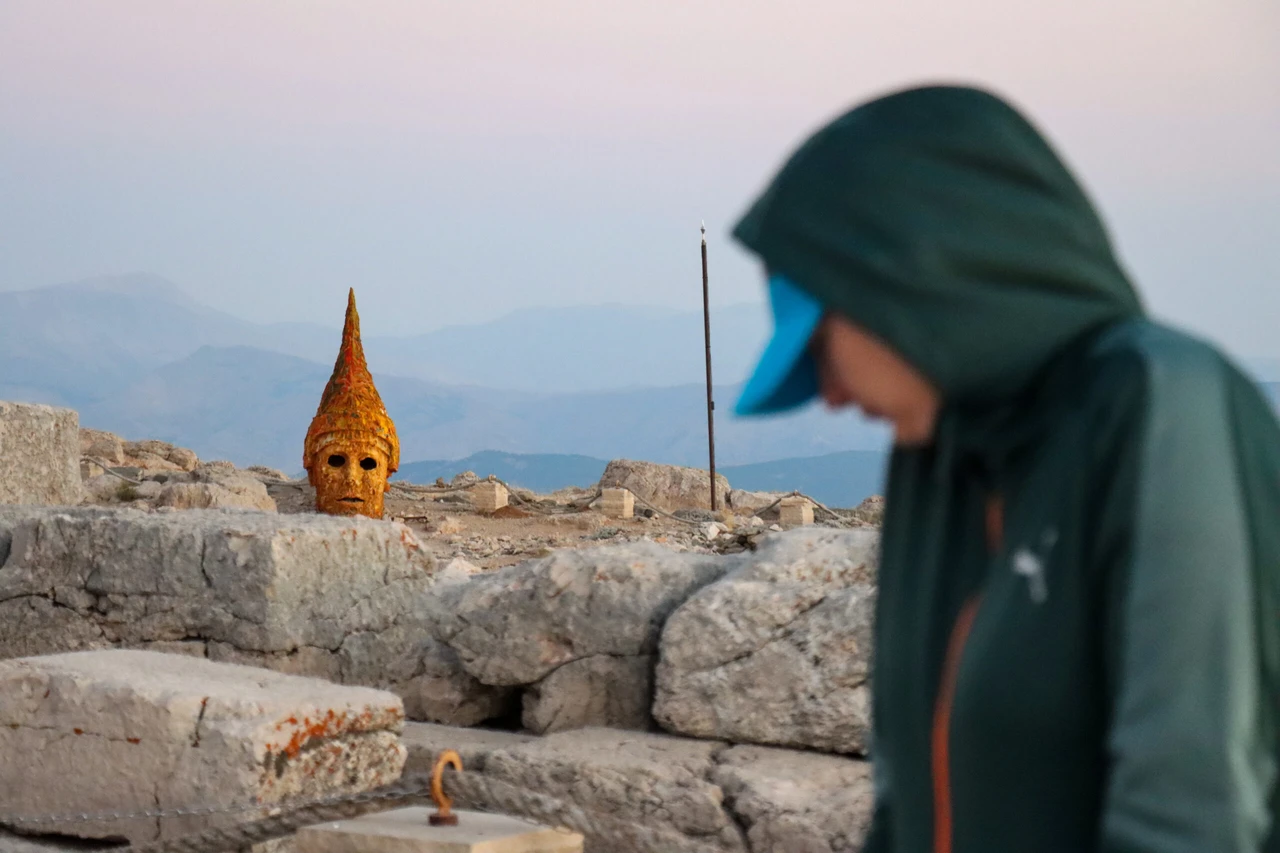 Tourists flock to Mount Nemrut monuments before winter season comes in Adiyaman, Türkiye, September 1, 2024. (AA Photo)
Tourists flock to Mount Nemrut monuments before winter season comes in Adiyaman, Türkiye, September 1, 2024. (AA Photo)
Mount Nemrut, a UNESCO World Heritage site located in the Kahta district of Türkiye’s Adiyaman, has recently seen a significant increase in visitors.
This historical landmark known for its giant Mount Nemrut statues is attracting both local and international tourists who are eager to witness its cultural and historical significance.
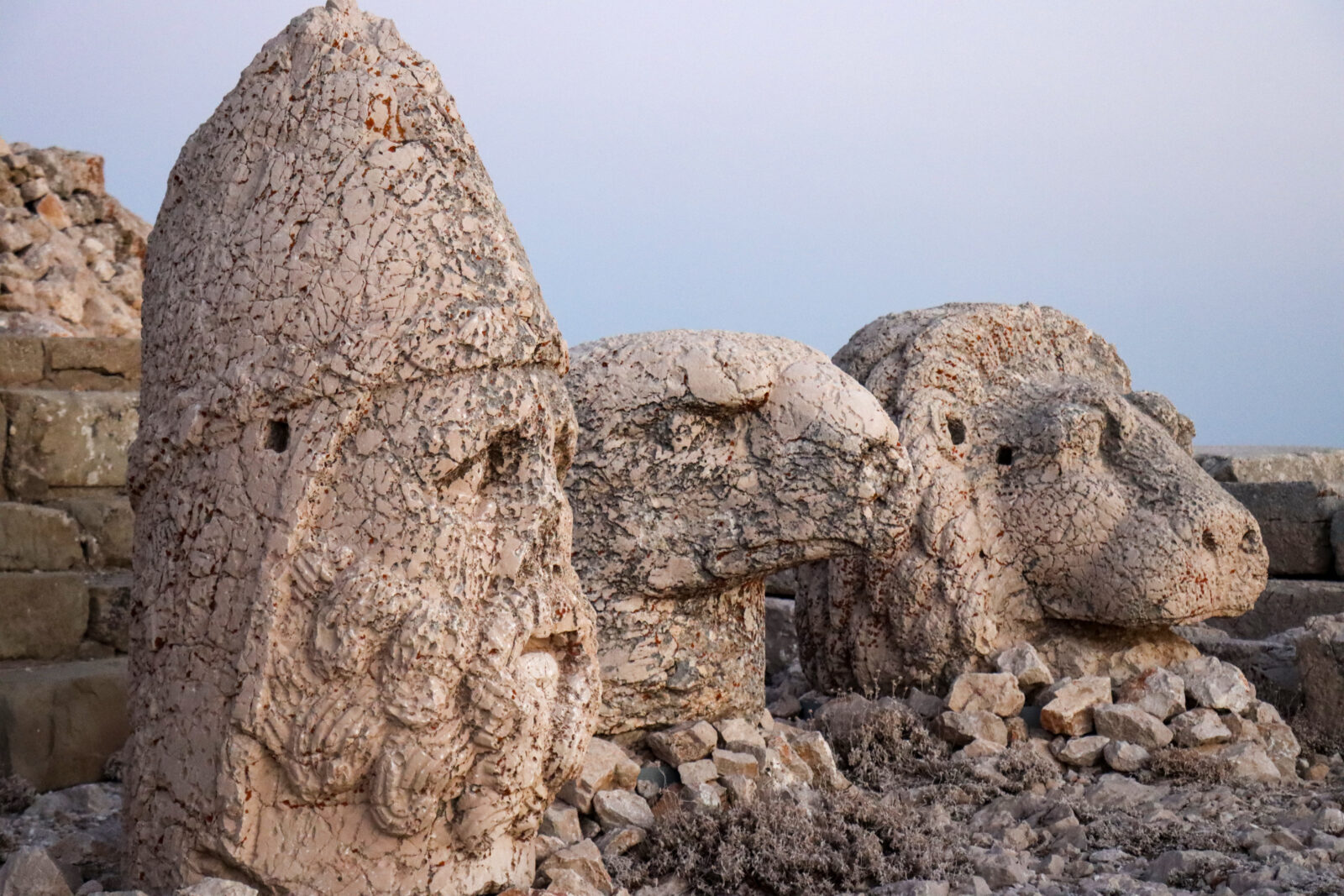
Mount Nemrut is the site of an extraordinary first-century B.C. tomb and sanctuary built by King Antiochus I of Commagene.
This ancient ruler, who governed a small but culturally rich kingdom, sought to merge Eastern and Western religious traditions within his realm.
To achieve this, he constructed a complex that included a 50-meter-high artificial mound (tumulus) and colossal statues representing a pantheon of gods from both Greek and Persian traditions.
The site was intended as a place of worship where Antiochus could be venerated as both a god and a king after his death.
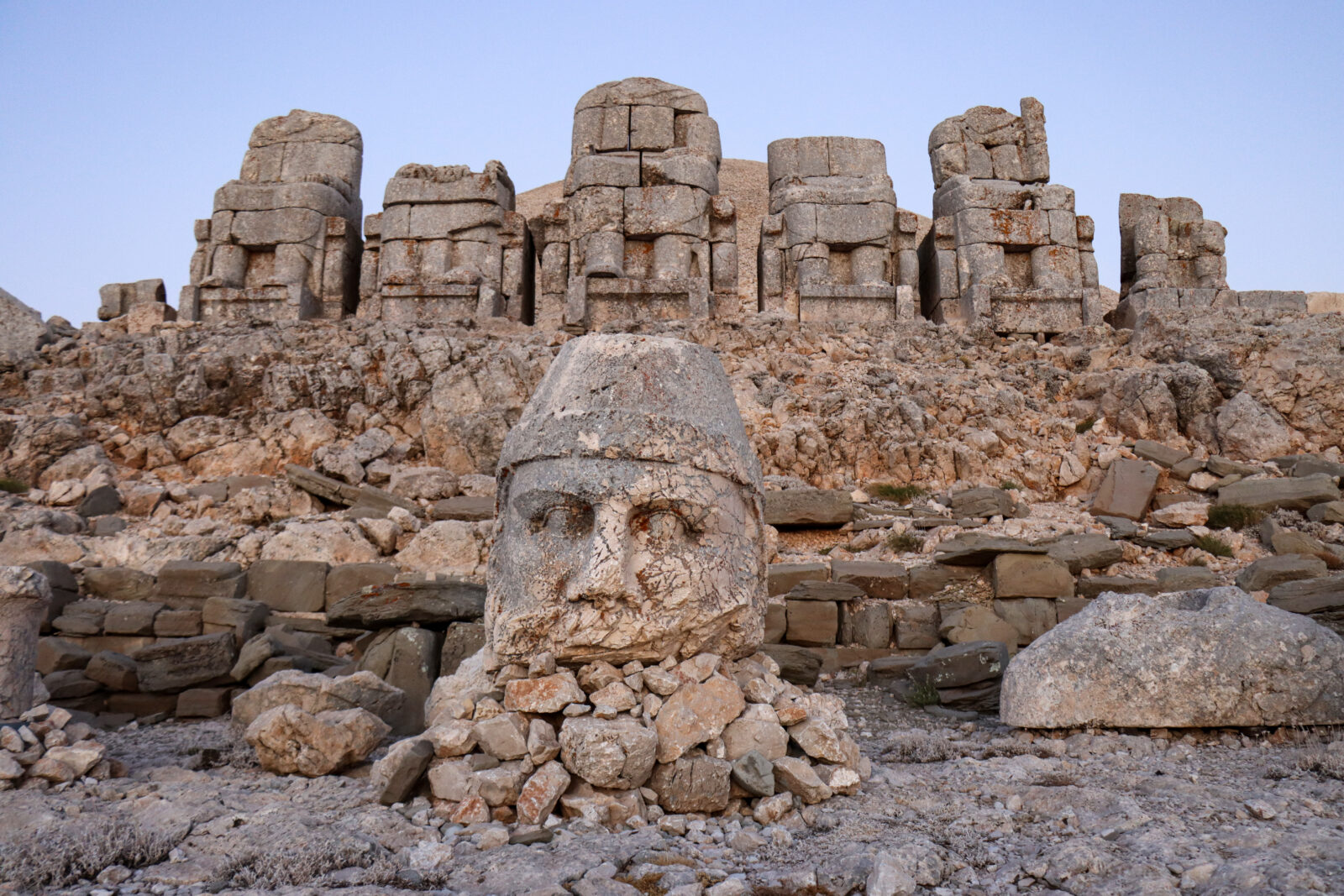
The statues, which stand up to 10 meters tall, include representations of deities such as Zeus, Apollo, and Herakles, as well as Persian counterparts like Oromasdes and Mithras.
These figures reflect Antiochus’s efforts to emphasize his lineage from both Greek and Persian royalty. Despite extensive archaeological research, the exact location of Antiochus’s tomb remains undiscovered, adding to the mystique of the site.
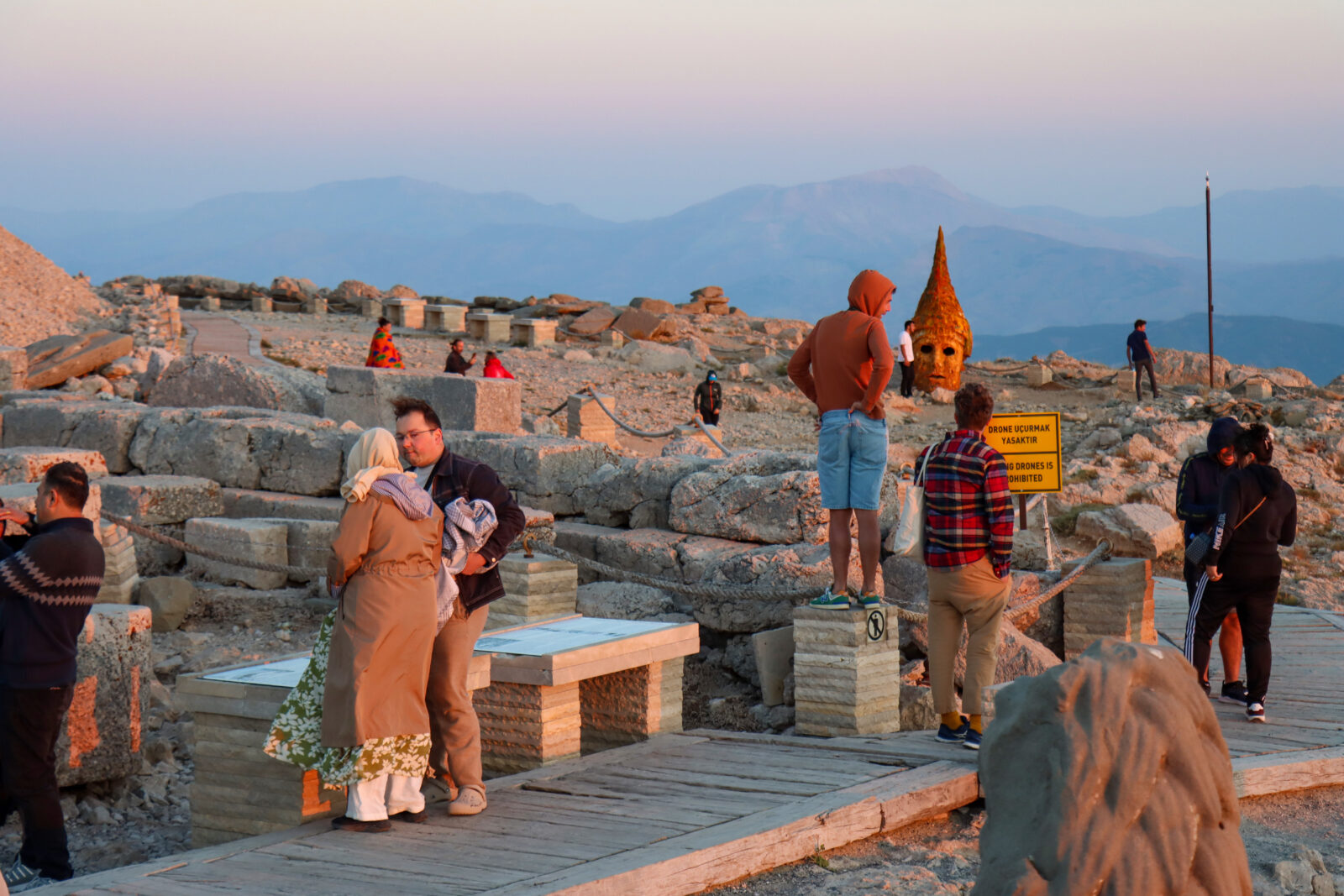
Visitors to Mount Nemrut today are drawn not only by its historical significance but also by the stunning natural beauty of the site, particularly at sunrise and sunset.
The challenging ascent to the summit is rewarded with a breathtaking view and the opportunity to explore one of Türkiye’s most fascinating ancient sites.
As summer ends, more tourists are making their way to this iconic destination before winter weather restricts access.


